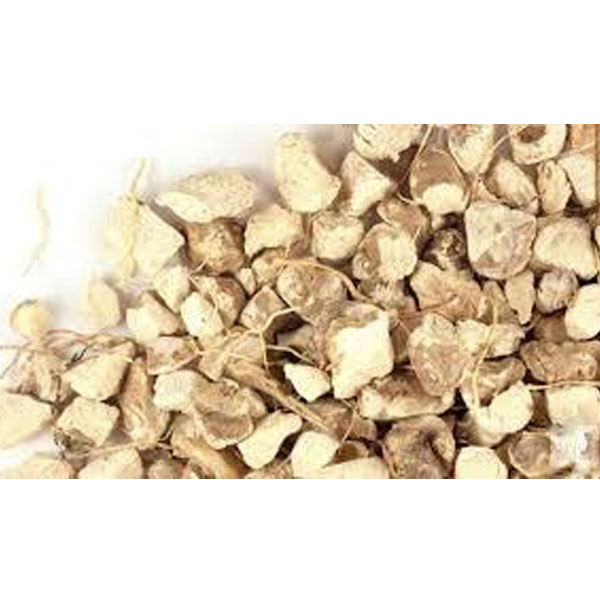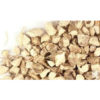Description
In the 18th and 19th centuries, herbalists used wild yam to treat menstrual cramps and problems related to childbirth, as well as for upset stomach and coughs. In the 1950s, scientists discovered that the roots of wild yam — not to be confused with the sweet potato yam — contain diosgenin.
Diosgenin is a phytoestrogen, or plant-based estrogen, that can be chemically converted into a hormone called progesterone. Diosgenin was used to make the first birth control pills in the 1960s.
Wild yam is commonly known for its ability to support the female reproductive system, though it also has a powerful anti-inflammatory activity. Traditionally, it has been used to treat inflammation, muscle spasms, and a range of disorders, including asthma.



